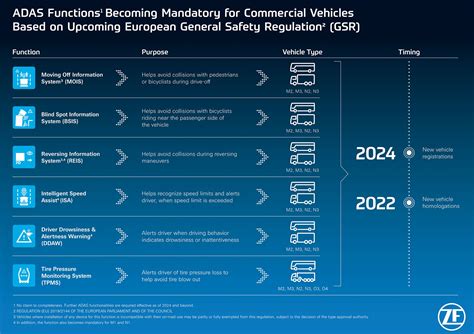The European car industry is at a crossroads with 2025 shaping up to be a year of challenges and transformation. As the landscape of regulations continues to evolve, car manufacturers are bracing themselves for a rocky road ahead. Let’s delve into the intricate web of factors influencing the future of the automotive sector.
Regulatory Turbulence and Profit Pressures
One of the foremost hurdles facing European car makers is the shifting sands of emissions laws and regulatory frameworks. The Society of Motor Manufacturers and Traders (SMMT) warns that these changing regulations, coupled with escalating cost pressures, could further squeeze profit margins in the industry.
Amid this backdrop, electric vehicles (EVs) emerge as a beacon of hope for car companies seeking to navigate the turbulent waters. Despite an anticipated surge in EV sales throughout the year, challenges loom large on the horizon. The transition towards EVs has already prompted heavy discounting strategies by manufacturers, impacting their financial bottom line significantly.
Expert Insights from Mike Hawes
Mike Hawes, Chief Executive of SMMT, voices concerns over the balancing act required to stimulate consumer demand while managing finite resources effectively. In his statement to Financial Times, he underscores the delicate financial equilibrium that manufacturers must maintain amidst regulatory upheavals and market shifts.
The Electric Vehicle Conundrum
The push towards electric mobility faces hurdles as well. Despite a dip in Western European EV sales in 2024 due to subsidy reductions, projections indicate a rebound in 2025. However, meeting ambitious targets set by the EU for EV market penetration remains a daunting task for car makers.
With an aim for EVs to constitute 80% of total car sales by 2030 and reach 100% by 2035 within the EU, manufacturers face immense pressure to realign their production strategies swiftly.
Tariffs Tensions and Market Dynamics
Tariff tensions add another layer of complexity to the predicament faced by European car companies. Higher tariffs on Chinese EV imports have sparked fears of retaliatory measures from China against prominent German automakers like BMW, Mercedes-Benz, and Audi.
The intricate balance maintained through benefits provided by China – including favorable operational conditions – hangs in uncertainty amid escalating trade disputes. The potential fallout could disrupt established market dynamics and impede growth opportunities for key players in the industry.
As inflation rates rise alongside interest rates, profit margins dwindle further for car manufacturers. This confluence of factors limits investments in research and development essential for technological advancement and innovation needed to stay competitive globally.
Challenges Ahead: Strikes and Layoffs
Leading automotive giants such as Stellantis and Volkswagen grapple with internal strife manifested through strikes and looming layoffs. These internal challenges compound external pressures faced by companies navigating an increasingly unpredictable terrain shaped by regulatory reforms and market dynamics.
In conclusion, as European car makers brace themselves for a transformative year marred by uncertainties yet ripe with opportunities; strategic agility will be pivotal in steering through choppy waters towards sustainable growth paths amidst regulatory turbulence.




Leave feedback about this